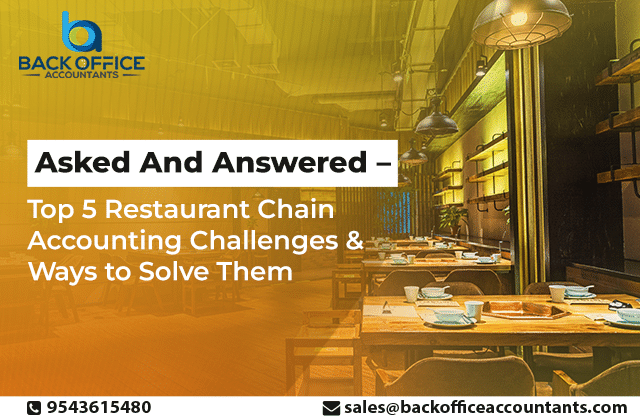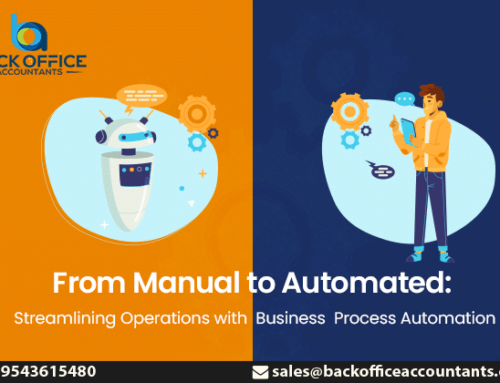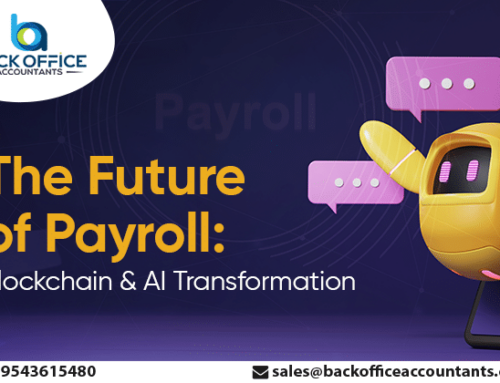Restaurant accounting is a process of recording, clarifying, and inspecting financial data for a restaurant. It includes activities related to recording transactions and creating well-maintained financial data. In general roles & responsibilities of a restaurant, accountant includes:
1.Recording and maintaining the record of transactions in and out of the business
2.Managing account payable and receivable services
3.Maintaining financial statements like cash flow, income, and profit
4.Advising and proposing recommendations for better cash management
Doing tax-related jobs and sometimes assisting the owner
While all the above roles and responsibilities look straightforward forward they are far from being simple. The fast-moving dynamic nature of the restaurant business makes accounting a tough nut to crack, especially when one needs to optimize the cash flow and ensure the smooth running of operations.
In this blog, we present five restaurant accounting challenges that often pose a great challenge for businesses when they need to grow and scale up their operations. But first, let us understand the difference between bookkeeping and accounting (since they are often a confused lot) and then check out the common restaurant accounting challenges that pose a threat to most restaurant businesses.
Difference between restaurant bookkeeping and accounting:
Bookkeeping, at its most basic level, is the record and maintenance of financial transactions. It involves recording the business’s transactions and this may involve payments from suppliers, customers, operating expenses and everything that is concerned with the money. Anything that is spent or earned makes its way to the books and the idea behind bookkeeping in general is to accurately keep a record of the money spent and received.
While bookkeeping is the record and maintenance of financial transactions accounting is all about clarifying, inspecting and analysing the financial data for optimization and compliance. Accounting services go beyond bookkeeping. Cash flow, Payroll, Income taxes, Profit and loss everything is neatly summarized in the form of financial statements, and are analysed to optimize the cash flow, revenue and tax savings. So what challenges do restaurants face in the day–to–day accounting?
Top 5 restaurant chain accounting challenges and solution
1. Identifying a restaurant’s prime cost
A business owner needs to identify their prime cost, that is the total cost of the production which includes raw materials used and labour cost. Restaurants need to understand this so that they can manage their expenditure more carefully.
Most business owners don’t understand this and end up spending money unnecessarily in the wrong places. So, the solution to this is to hire an accountant who can help you in calculating the prime cost of your business. And with that, you can set the prices to manage your business expenditures.
2. Setting up reports
As a restaurant owner, you need to manage the reports and insights. For instance what products are doing well and what products are not, staffing, inventory, and many more to decide upcoming aims and activities. It is important to set accurate reports because when it’s not done accurately, you may end up making invalid decisions.
Many restaurant management teams use traditional methods for generating reports but they don’t understand how inaccurate their reporting can be which can ultimately affect their business. It is advised that you should switch to accounts payable automation. In this system, the account team uses advanced reporting tools to reduce the errors involved in it.
3. Managing inventory
The reason behind a successful running restaurant is the delicious foods they serve. The quality of the food is needed to maintain the reputation of the restaurant. And that can be possible only when you purchase good and fresh quality ingredients at the best prices.
From time to time, you have to change the prices as per the changes in the price of ingredients. Most businesses lose profitable opportunities to rake in more revenue by ignoring the price opportunities due to a lack of the right information and expertise at hand. A remote accounting firm like Back Office Accountants can keep a track of the costs and will help you optimize for better revenue and cash flow.
4. Review and balance accounts:
Most restaurants make errors in reviewing and balancing accounts. As they use traditional methods to record financial statements. Businesses make balance accounts by the end of the month and ignore regular situations. For this, the solution is to opt for a four-four-five accounting calendar. In this method, the business divides 13 weeks into four quarters. This is a great method of accounting in the restaurant business which most businesses ignore.
5. Employees’ payroll issues:
Apart from food quality, the services a restaurant provides also play a great role in the success journey. Most businesses fail to manage and optimize the payroll and end up with cash flow or management problems. Managing the employees’ salaries should be depending on the job roles they perform. In understanding this, an accountant can help you, an expert can guide you in creating an effective payroll system.
The above challenges are commonly faced by every restaurant but only a few with the right accounting expertise will be able to solve them. If you are facing any of the above challenges you are certainly unable to capitalize on the right optimizations for better and smooth cash flow. If you are a restaurant business that is looking to iron out the above problems for improved accounting performance, you can seek help from Back Office Accountants here: https://www.backofficeaccountants.com/







